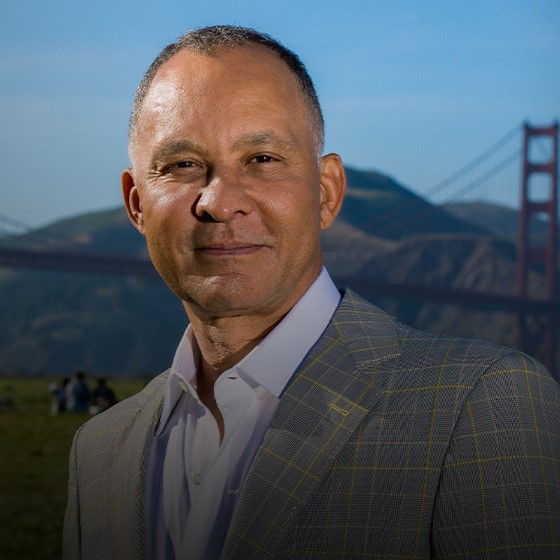How Common is Gynecomastia
Gynecomastia is the enlargement of the breast tissue in males. It causes men a great deal of embarrassment. Gynecomastia surgery has continued to increase in popularity among men. The number of men seeking surgical improvement to their chests continues to increase.
As a result of hormonal surges during puberty, male breast tissue may develop. Breast tissue may shrink after puberty in some cases, but in many cases, the breasts remain enlarged. This is called persistent pubertal gynecomastia. According to statistics, asymptomatic gynecomastia affects 60% to 90% of young boys, 50% to 60% of teenagers, and up to 70% of older men aged 50 to 69 years.
According to the American Society of Plastic Surgeons (ASPS) 2018 Plastic Surgery Report, approximately 25,000 male breast reduction procedures were performed in the U.S. last year, marking a 22 percent increase since 2000. Additionally, according to Mayo Clinic research, men aged between 50 and 69 are affected by gynecomastia, and gynecomastia surgery (also known as male breast reduction ) is one of the most popular cosmetic procedures in the United States.
Gynecomastia is commonly caused by hormonal imbalances during puberty, weight gain, use of anabolic steroids by bodybuilders, and marijuana use. Male breast enlargement can also be caused by other medications.
How Do I Know If I Have Gynecomastia?
Gynecomastia usually occurs in one or both breasts. The breast enlargement (gynecomastia) may be asymmetrical or larger or smaller from side to side. Breast self-examinations, also known as the “pinch test“, typically reveal a palpable, tender, firm, mobile, disc-like mound of tissue. Unlike breast cancer, this tissue is soft and has a central location under the nipple-areolar complex.
Palpable masses that are unilateral, firm, fixed, circumscribed, and involve only one breast but are associated with abnormal discharge from the breast, changes in the skin, or enlarged lymph nodes, suggest breast cancer and invite thorough evaluation, including mammographic and MRI imaging studies.
In the United States, 1% of all breast cancers are diagnosed in men over the age of 60.
Causes of Gynecomastia
Many factors can lead to hormonal imbalances that cause male breast growth, and often times the cause is unknown.
Besides body changes such as puberty and aging, there are a number of other factors that lead to gynecomastia:
- Testicular injuries and diseases
- Thyroid disease, kidney failure, or pituitary gland tumor.
- Obesity, which can result in more estrogen
- Illegal drugs, including steroids, pot, and heroin
- Some young boys may experience the condition briefly while their mothers’ hormones still affect their bodies.
Medication That May Cause Gynecomastia
- Anti-androgens. These are drugs that treat an enlarged prostate and prostate cancer.
- Anabolic steroids. In an effort to improve their performance, athletes sometimes use anabolic steroids illicitly. Blood tests can detect this in the bloodstream.
- HIV drugs. An HIV treatment that is called “highly active antiretroviral therapy” may cause gynecomastia as a side effect.
- Heart medications. Gynecomastia can sometimes be caused by certain drugs, such as digoxin (Lanoxin) and calcium channel blockers.
- Medications help empty your stomach. Metoclopramide Reglan ) can have gynecomastia as a side effect.
- Ulcer drugs. There are some over-the-counter medications that can cause gynecomastia, such as cimetidine and Tagamet antibiotics. The same can be said of tricyclic antidepressants and certain cancer treatments.
Gynecomastia Surgery
Whenever patients complain of male breast enlargement (gynecomastia), they describe the appearance of an enlarged chest which looks like “women’s breasts on a man.”. Every aspect of their lives is affected by this and they experience an intense feeling of shame and embarrassment.
Male breast reduction surgery is considered to be the gold standard of treatment. During surgery, the breast tissue will be removed along with the excess fat and glandular tissue. The procedure is usually performed through an incision in the lower half of the nipple-areolar complex and/or by excision of the skin (in the case of very large male breasts). In order to confirm the presence of gynecomastia and rule out the possibility of male breast cancer, it is essential to have your surgeon perform a proper physical examination of your breasts.
It is important to stop taking medications that could cause bleeding, quit smoking, and increase your nutrition so that you will heal and recover from surgery. It is a procedure that is most commonly performed under general anesthesia, but it can also be performed under oral sedation and local anesthesia. Drains are commonly used after surgery to prevent fluid accumulations. To reduce swelling, control bruising, and control pain, compression vests, and icing are often used.
Recovery After Gynecomastia Surgery
For patients with pseudogynecomastia (gynecomastia dues to excess fat only), liposuction may be sufficient to correct their enlarged breasts. These patients are usually able to return to work in one week and exercise within 3 weeks. Surgery for the removal of excess breast tissue can take 1 to 2 weeks for patients to recover enough to take part in normal activities. The average patient can return to white-collar work in 5-7 days. At 4 weeks and 6 weeks, they can return to the gym for cardio and weightlifting, barring complications from the surgery.
Complications With Gynecomastia Surgery
Gynecomastia surgery is usually very safe and most patients recover quickly. In spite of every precaution taken, complications can occur. Complications include bruising, bleeding, fluid collections, irregularities in the breast contours, the loss of breast skin, scarring between the breasts, numbness between the breasts, and inverted breasts. Preoperative, postoperative, and perioperative management is crucial for achieving good outcomes.
If you are concerned about gynecomastia and wish to discuss treatment options, you should consult a board-certified plastic surgeon in your area or contact Dr. Delgado’s via this inquiry form.
The 5 Most Important Tips to Choose Your Gynecomastia Surgeon
Several important factors should be considered when selecting a gynecomastia surgeon
- Training and certification in plastic surgery
- Good standing with the State Medical Board
- Positive reviews of male breast reduction surgery online by satisfied patients
- Excellent consultation with a doctor whose knowledge you are comfortable with, as well as the thoroughness and kindness of the staff.
- Before and after pictures document the artist’s work.
RELATED: At What Age Can a Teenager Get Gynecomastia Surgery?
FAQ’s
Does gynecomastia go away?
Gynecomastia is associated with puberty. In most cases, the breast gland tissue (gynecomastia) will resolve without treatment within six months to two years. Most commonly enlarged breasts occur between the ages of 13 and 14 years but can occur as early as 10 years of age. Up to 20 percent of individuals with enlarged breasts continue to experience symptoms after they reach their 17th birthday.




